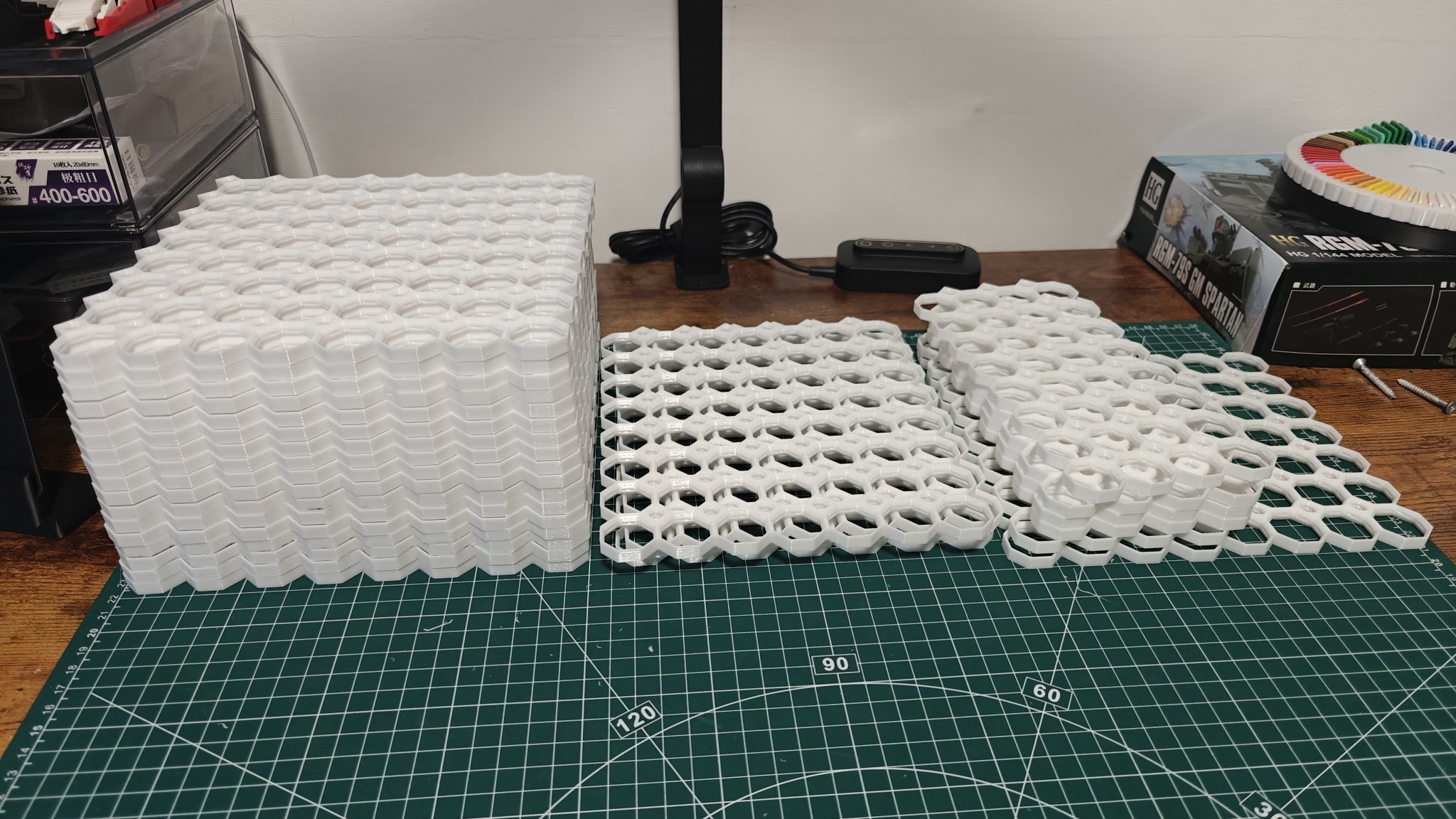For those with printing experience how much would ABS filament be advantageous when choosing a printer..?
Understanding that the A1 is not suited to such filament, what sort of prints would not be possible.?
Just wondering what I would be missing by having a A1 / Mini and not an enclosed type, like the PS1.
Thanks
Understanding that the A1 is not suited to such filament, what sort of prints would not be possible.?
Just wondering what I would be missing by having a A1 / Mini and not an enclosed type, like the PS1.
Thanks


